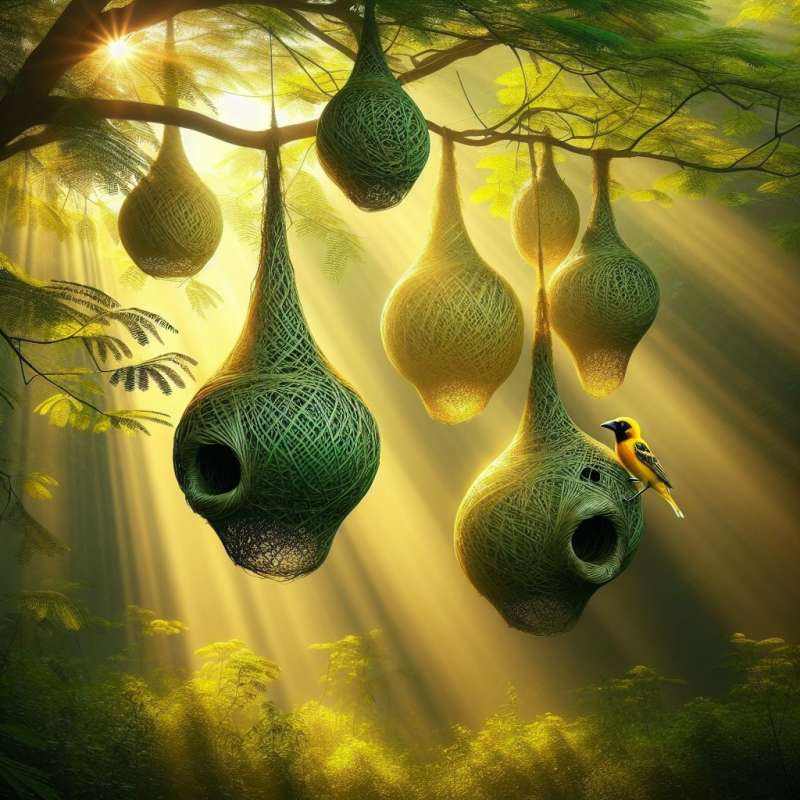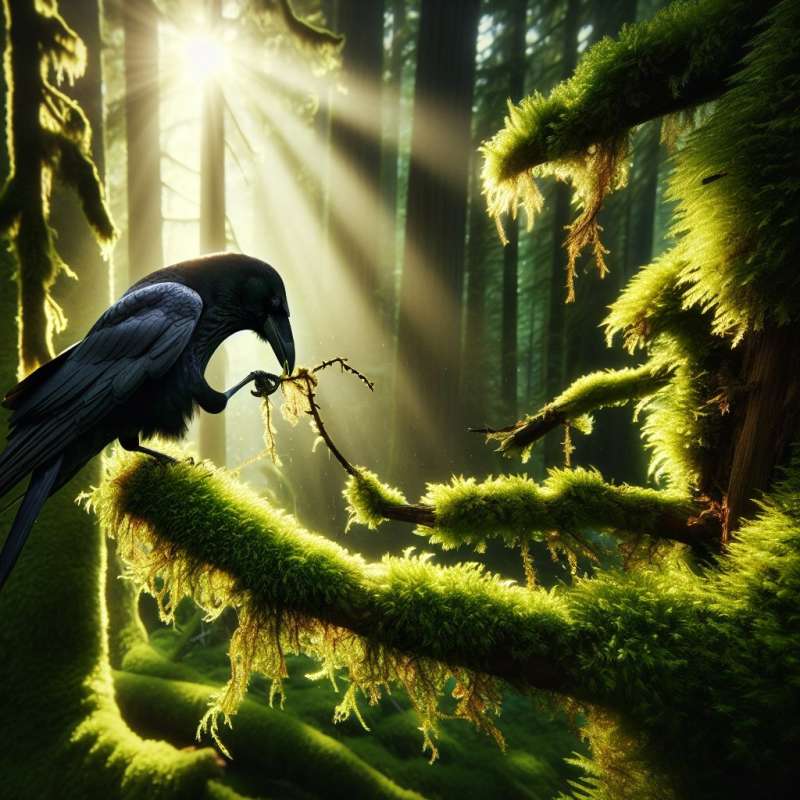
Birds: Vertebrate Aviators
All birds are vertebrates, possessing a backbone and skeletal structure. Adapted for flight, many have lightweight, air-filled bones and aerodynamic bodies, though not all species are capable of flying.
Feathers: More Than Flight
Feathers are unique to birds, crucial for flight, insulation, and display. Composed of the protein keratin, they offer incredible diversity in color, shape, and function, evolving to suit each species' ecological niche.
Birdsong: Complex Communication
Birdsong is not just beautiful, it's a complex language. Used to attract mates, deter rivals, and signal danger, each species' song is a sophisticated communication tool, with some as complex as human languages.
Migration: Incredible Journeys
Many birds undertake epic migrations annually, traversing thousands of miles. The Arctic Tern holds the record for the longest migration, traveling between Arctic breeding grounds and the Antarctic each year.
Diet Diversity: Specialists
Birds have evolved diverse diets, from the nectar-feeding hummingbird to the bone-eating Bearded Vulture. Some, like the Shrike, impale their prey on thorns or barbed wire for storage and easier eating.
Remarkable Nests: Architectural Wonders
Bird nests range from simple ground scrapes to elaborate structures. The weaver birds, for instance, create intricately woven nests that hang from tree branches, demonstrating remarkable architectural skills.
Cognitive Skills: Smart Behaviors
Birds exhibit remarkable cognitive abilities. Crows use tools, parrots can solve complex puzzles, and some species like the Western Scrub Jay can plan for future needs, a trait once thought unique to humans.
What trait is unique to birds?
Having a backbone
Feathers composition
Ability to fly
Company